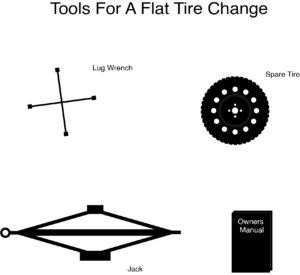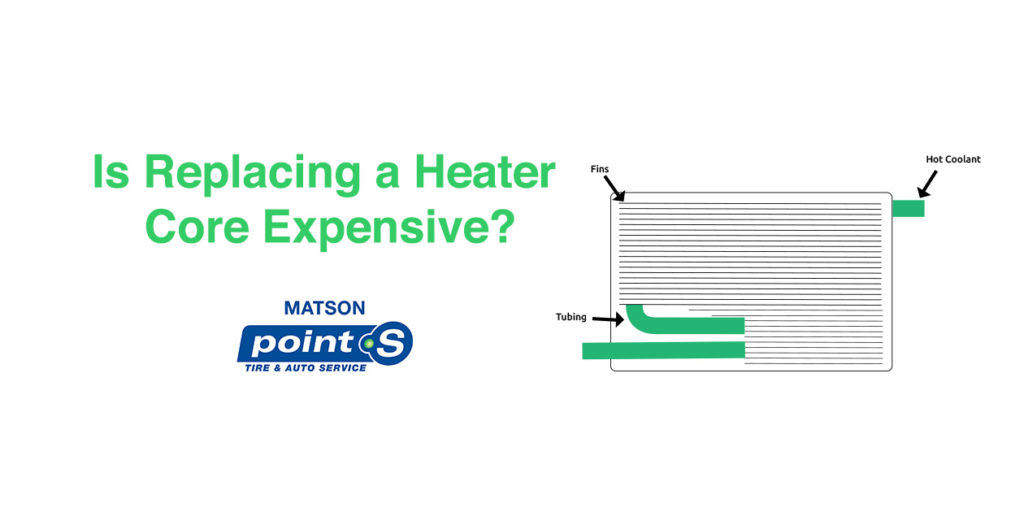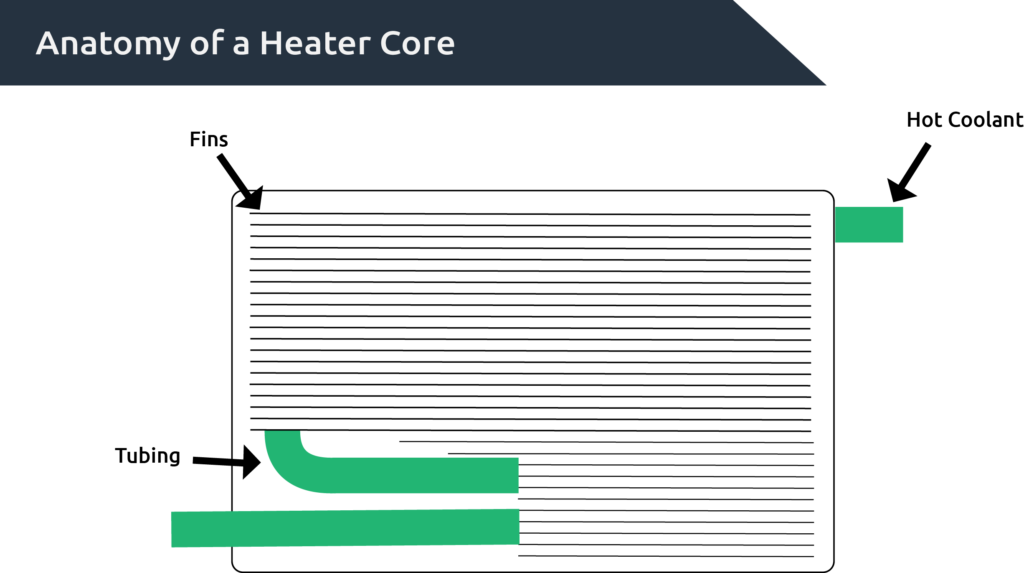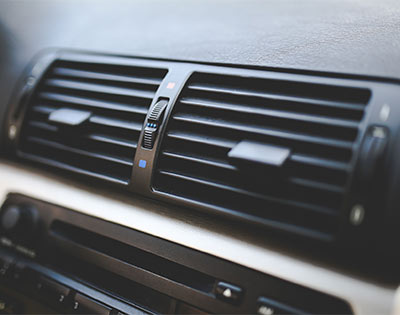Utah is best known for its winter activities and national parks. After all, we have the “greatest snow on earth” in the Wasatch Range and world-famous parks like Arches and Canyon Lands in the south. These attractions bring in lots of visitors and keep locals from leaving.
Outdoor activities in Utah aren’t just limited to wintertime and national parks. Our state has some great lakes that provide ample space to get out on your boat and explore. Whether you like water sports, fishing, or just cruising on the water, Utah’s lakes provide ample water space for all activities. In this article, we’re going over some of the best lakes in Utah to go boating!
Lake Powell
Lake Powell is a reservoir in southern Utah, right on the border with Arizona. A series of narrow channels cut through the desert, Lake Powell offers stunning views of high red stone cliffs and arches.
Lake Powell is a man-made reservoir located in Glen Canyon National Recreation Area. It has an average depth of 132 feet and is home to fish including bass, crappie, catfish, carp, brown trout, and more. Being in southern Utah, you can expect warm water temperatures of around 70-80 degrees in the summer.
Lake Powell has several large marinas. Wahweap Marina is the largest on the lake and is located in Page Arizona. Bullfrog Marina, the second largest, can be found on the Utah side, located in Hanksville.

Depending on where you live, it can be a bit of a drive to get to Lake Powell. The closest major cities are St. George and Cedar City, both of which are 150 miles away. If you live in the Salt Lake or Utah County area, expect a drive of over 350 miles. While Lake Powell may not be ideal for a weekend trip, a long vacation here can be perfect.
Bear Lake
You can find Bear Lake on Utah’s Northern border with Idaho. Sometimes called the “Caribbean of the Rockies” due to its turquoise-colored waters, Bear Lake offers incredible views to visitors, whether you are sitting on the shore or out on the water. The lake has an average depth of 94 feet and over 69,000 acres of surface area. Services can be found at State Marina, Marina Rentals, and North Beach Rentals.
Bear Lake’s location in northern Utah means the water temperature is colder. In the summer, you can expect the water to be around 55-65 degrees. For fishermen, the lake houses cutthroat trout, lake trout, Bonneville whitefish, Bonneville cisco, and Bear Lake whitefish. The latter three species are endemic to Bear Lake, meaning it’s the only place in the world they can be caught!

Northern Utah cities like Ogden and Logan are closest to Bear Lake, with 40-mile and 87-mile drives respectively. If you live in Salt Lake City or Utah Country, the drive to Bear Lake is well over 100 miles.
Flaming Gorge
Located in the Uintah’s in eastern Utah near the border with Wyoming, Flaming Gorge is nestled in the Ashley National Forest. This man-made reservoir is named for the orange and red rock colors surrounding the water.

The water in Flaming Gorge ranges from 60-68 degrees in the summer. The reservoir has an average depth of 212 feet and is home to 9 species of fish, including Kokanee salmon, brown trout, rainbow trout, smallmouth bass, and burbot.
This reservoir is pretty far from most major cities in Utah (203 miles from Salt Lake City, 194 miles from Ogden, 183 miles from Park City) but its remoteness is part of the draw. If you live in Vernal or Naples, the drive is much shorter, only around 40 miles.
Once you are at Flaming Gorge, services can be found at Cedar Springs and Lucerne Valley marinas. The lake offers 42,000 acres of surface area and camping in the surrounding forest.
Jordanelle Reservoir
So far, the lakes on this list have been a significant distance away from the Salt Lake Valley, meaning for a large portion of Utahans, a planned multi-day trip is often required to visit them. Jordanelle Reservoir is located in Wasatch County, only 10 miles from Park City and less than 40 miles from Salt Lake City.

The reservoir is home to yellow perch, smallmouth, and largemouth bass, as well as rainbow and brown trout. It has an average depth of 109 feet. Due to its elevation and water supply coming from snow melt, the water can be colder, usually below 70 degrees.
Jordanelle Rentals and Marina offers boat, kayak, and jet ski rentals. The reservoir is located in Jordanelle State Park, which offers camping and hiking in addition to lake activities.
Utah Lake
Located in Utah County, Utah Lake is a shallow body of water only a few miles from Provo and Orem. Despite having a maximum depth of 14 feet, its proximity to the surrounding cities makes it a popular destination.
You can catch Bullhead and Channel catfish, Common carp, walleye, and more in Utah Lake.
Several marinas around the lake offer rental services, boat launches, and picnic areas.
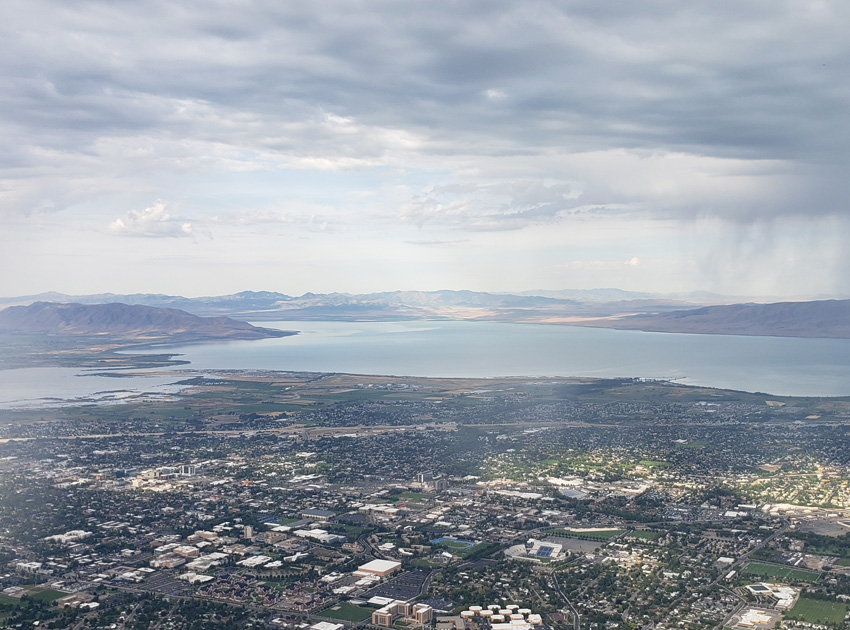
Conclusion
This is far from an exhaustive list. Utah has many more lakes to explore, but these are some of the most popular, and for good reason. No matter where you live in the state, you aren’t too far from great boating.
Marine Service at Matson Point S
Matson Point S is the Salt Lake Valley’s best marine service shop. Our experienced boat technicians can handle everything from general maintenance to in-depth repairs. Need some work done before you head out for a weekend on one of Utah’s lakes? Give us a call or schedule an appointment online today!


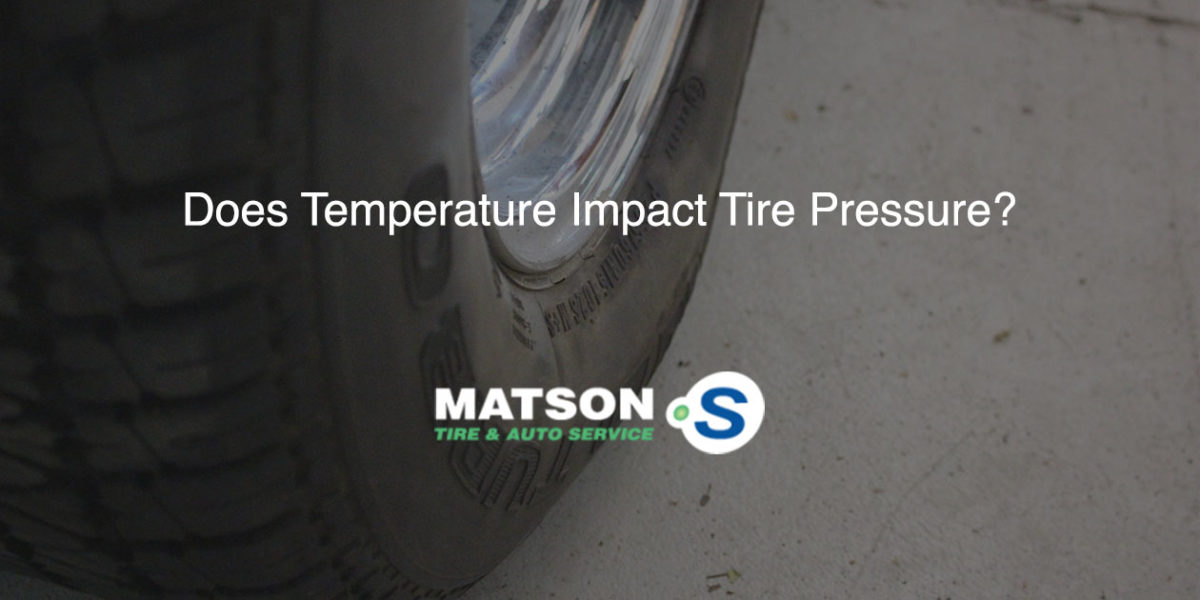
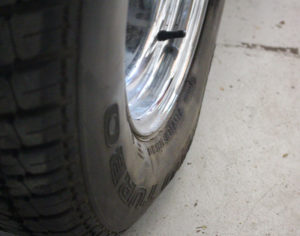
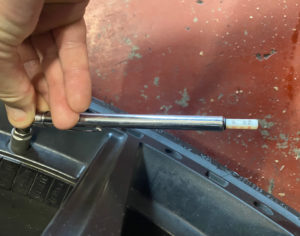
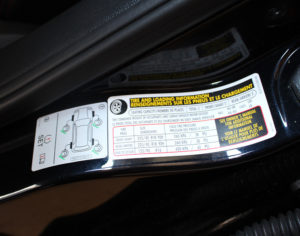
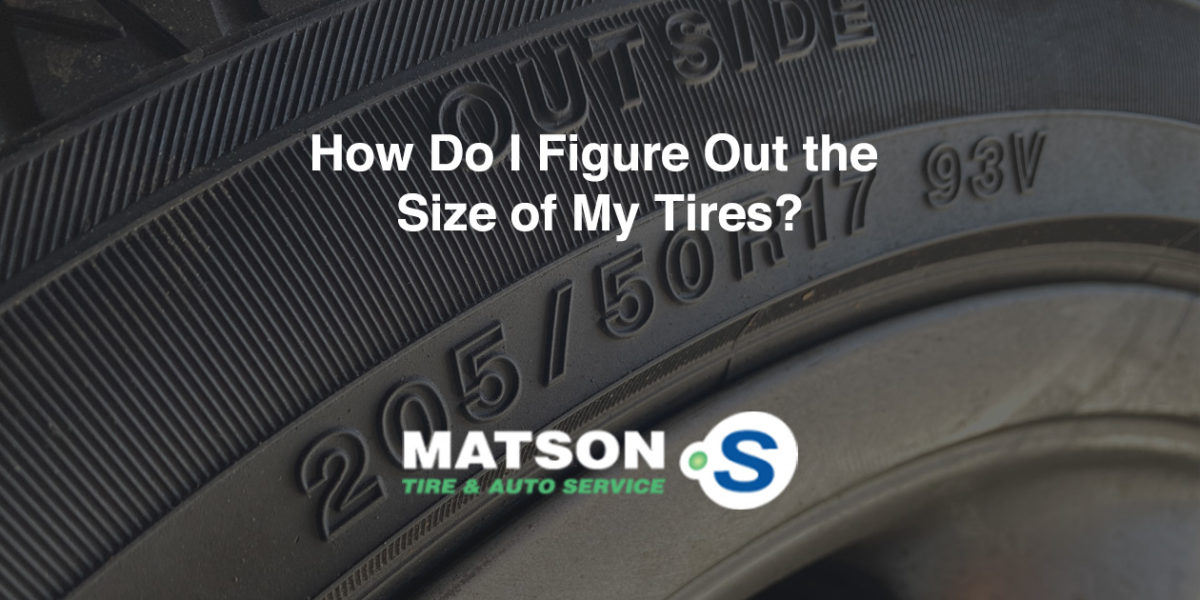
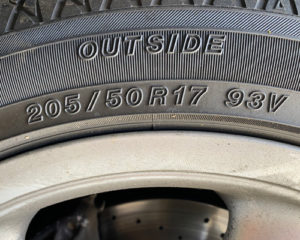
![How Do I Change a Flat Tire? [14 Steps]](https://matsonauto.com/wp-content/uploads/2022/05/flattire-share-1200x600.jpg)
